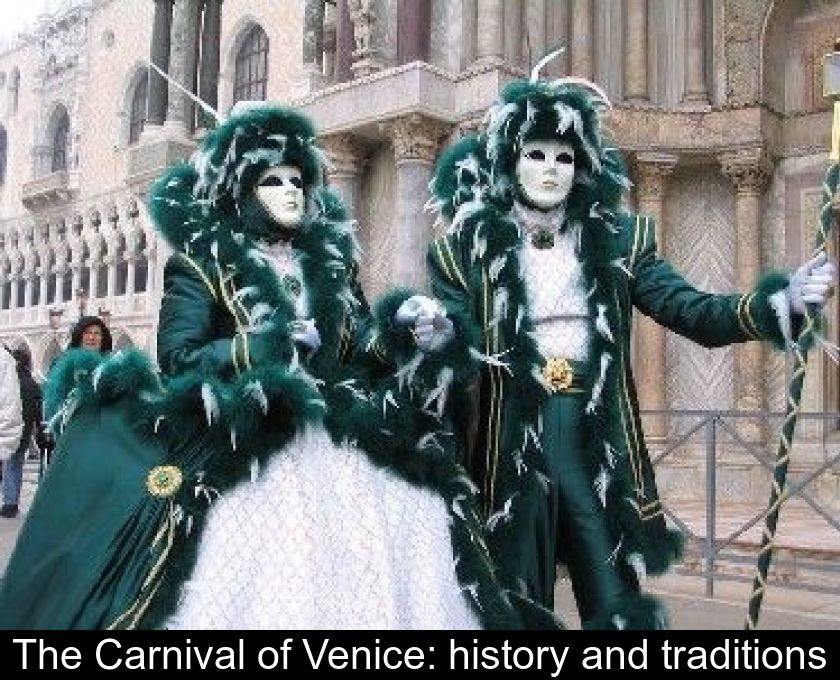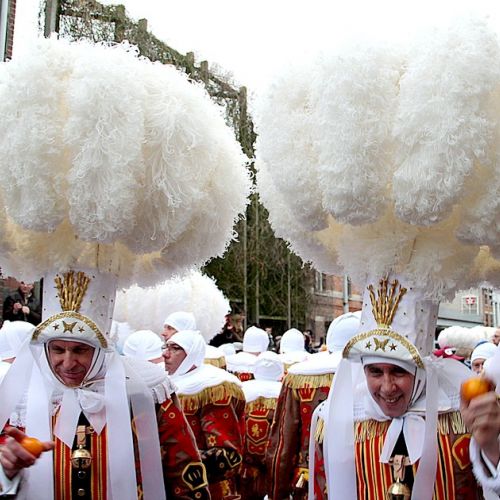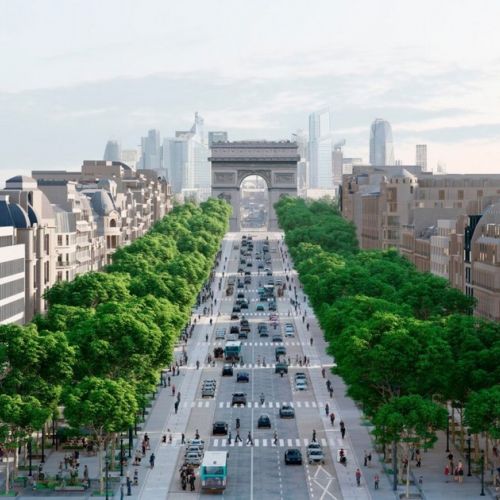The Carnival Of Venice: History And Traditions
The Carnival of Venice, which is today one of the most famous carnivals in the world, is synonymous with refinement and elegance. The festival reached its peak in the 18th century, when the city was transformed into a gigantic costume ball. Although it was interrupted for a while, this tradition is now perpetuated to the delight of tourists from all over the world.
Presentation
The Venice Carnival takes place every year in February, during the 10 days before Ash Wednesday.
During this period, costumes and festivities take over the city, which is one of the most beautiful and romantic Destinations in the world.
The famous Piazza San Marco, but also the bridges of Venice and the Carlo Goldoni Theater are the setting of popular parades, traditional shows, music concerts and other festivities.
Tourists flock from all over the world to attend this event, so much so that Venetian hotels are fully booked months in advance.
History of the Carnival
As early as the 10th century, the people made the most of the last days before Lent to party and enjoy the pleasures of life.
The first doge to authorize carnival was the doge Faliero, in 1094.
In 1269, the day before Lent officially became a holiday: Shrove Tuesday.
Carnival in Venice began with a ball and continued with small local celebrations including plays, concerts or games on the campi, i.e. the city squares.
The disguises, which allowed all Venetians, regardless of their social status, to participate in the festival have always occupied an important place in the carnival but have evolved greatly over the centuries.
The eighteenth century was the golden age of Carnival: its parties, shows and masks attracted thousands of visitors from all over Europe.
However, all these festivities were suppressed with the fall of the Republic (at the end of the 18th century) and it was not until the late 1970s that the Carnival of Venice was reborn.
Traditional costumes
In the sixteenth century, the Disguise of participants in the Carnival of Venice was a patched dress to represent the rags of a beggar.
It allowed the nobles to fraternize with the people and all the inhabitants to have fun on an equal footing in this period when everything was allowed to everyone.
The traditional Disguise of Venetians of all social conditions then included a long black cloak called tabarro, a white mask or bauta and a tricorn that allowed them to hide their identity.
The disguises, which became more and more advanced, were also inspired by the costumes of the Commedia dell'Arte, especially the mask of Harlequin and his costume with colored rhombuses.
Other traditional disguises were the moretta, an oval black velvet mask worn exclusively by women, and the domino, a very long coat with a hood covering the face.
Today, the costumes of the eighteenth century are mixed with the most fanciful modern costumes, to the delight of visitors.












